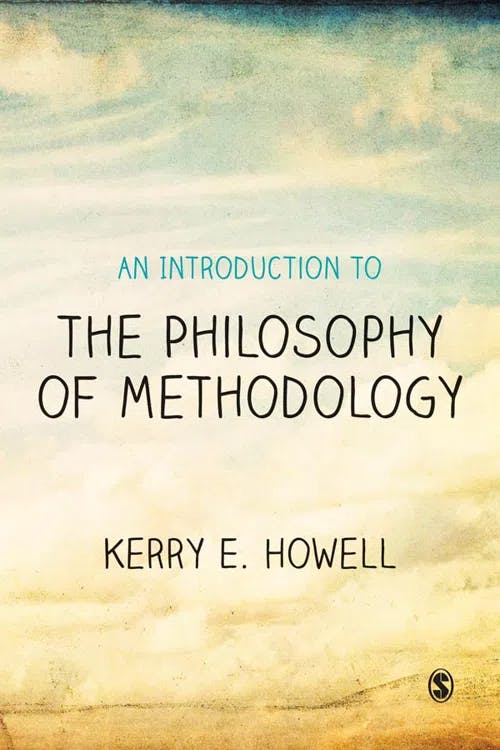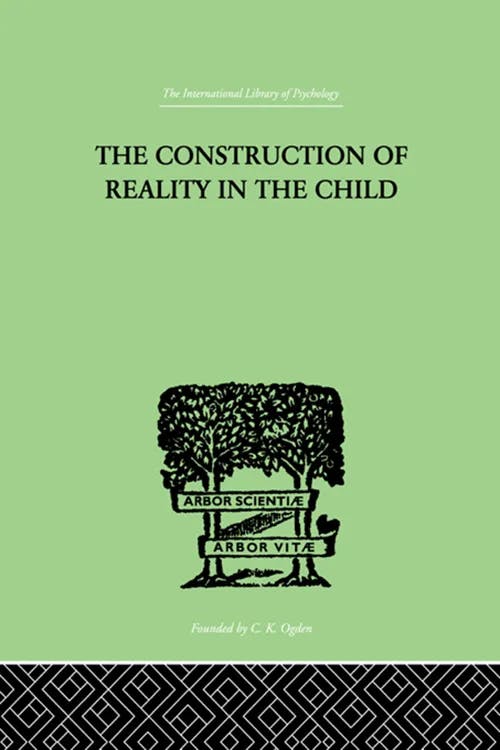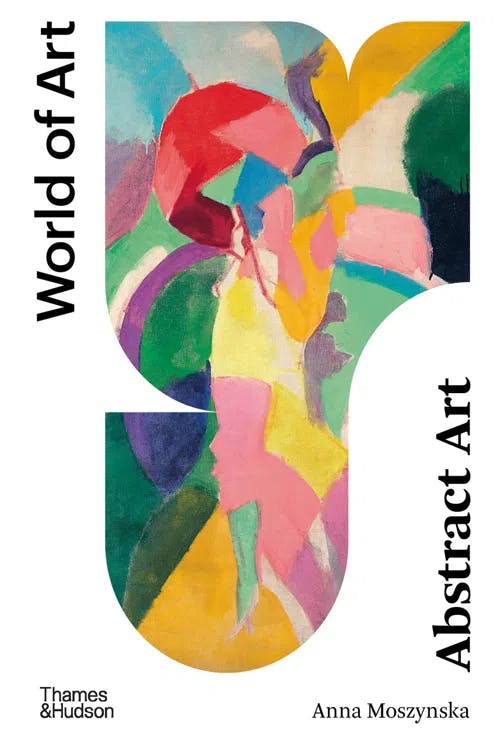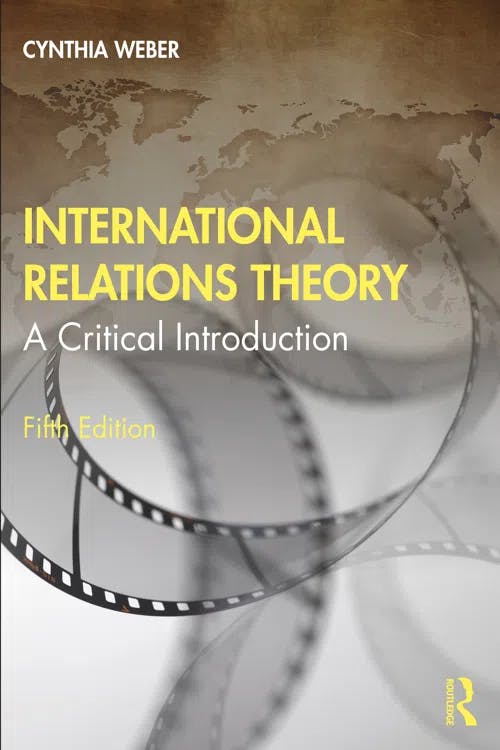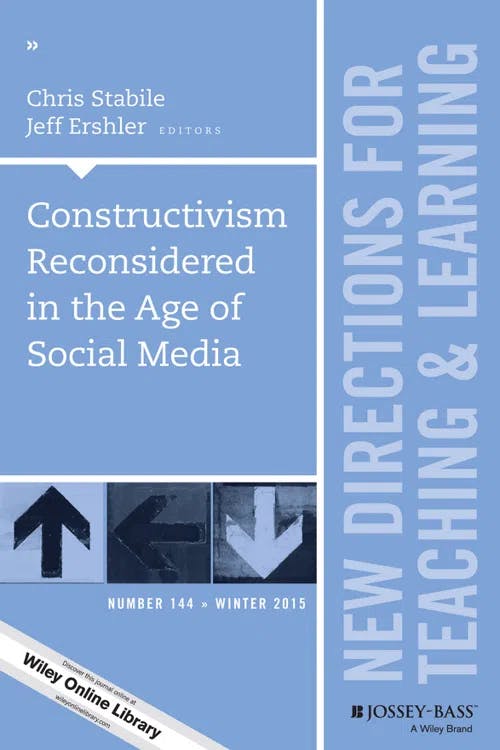What is Constructivism?
PhD, Media Arts (Royal Holloway, University of London)
Date Published: 13.02.2024,
Last Updated: 13.02.2024
Share this article
Defining constructivism
Anyone who has ever been part of a disagreement can attest to the simple fact that we all see things differently. Constructivism — also sometimes called “constructionism” — accounts for this. Present in philosophy, psychology, education, politics, and art, constructivism is a theory about how we learn, think, and interpret. Constructivist thought is both an epistemology (meaning it investigates the way we come to have knowledge) and an ontology (telling us about what it is to be).
Constructivism is the general methodological position that ideas are built by arranging cognitive building blocks. Formed by experience and social interaction, these building blocks make up ideas, concepts and our understanding of the world. Pam Denicolo, Trevor Long, and Kim Bradley-Cole break this constructivist process down, explaining,
Each person’s sense of reality is constructed. This construction builds from innumerable personal experiences over a lifetime, and it then underpins each person’s perception and understanding of an event or behaviour. Since we all have different experiences, each one in turn interpreted through the results of previous ones, we each construct different realities. (2016)
Pam Denicolo, Trevor Long, and Kim Bradley-Cole
Each person’s sense of reality is constructed. This construction builds from innumerable personal experiences over a lifetime, and it then underpins each person’s perception and understanding of an event or behaviour. Since we all have different experiences, each one in turn interpreted through the results of previous ones, we each construct different realities. (2016)
The somewhat simple premise that reality is inherently subjective and contextual has a myriad of applications. Pragmatist and constructivist John Dewey (1859–1952) asserts that knowledge and learning “is not an affair of ‘telling’ and being told, but an active and constructive process,” applying constructivist methods to philosophy and educational psychology (1916, [2018]). In art, constructivism coincided with the Russian Revolution — making political and aesthetic statements about the state of modernity. Wherever there are rudimentary shapes and building blocks — whether that be literally or theoretically — that combine to create meaning, the idea of constructivism can be found. This study guide will explore the wide range of ideas that constructivism is associated with and unpack the many uses that the term takes on.
Constructivism in philosophy
Constructivism is a philosophical school of thought. Particularly present in the philosophy of science, it relies on the communal aspects of knowledge. Because the scientific method is a collective activity, constructivism offers insight into that process, claiming that facts and ideas are naturally built through interpretation, collaboration, and consensus.
One way to understand the constructivist research position is to examine it in contrast to positivism. Positivism claims that objective reality is out there, that it is knowable, and that it is our task to apprehend this knowledge. According to positivism, we must subvert subjectivity in the pursuit of knowledge and focus instead on the raw data of experience.
While some aspects of positivism and constructivism coincide, their methodologies are at odds. Both posit that the world exists independent of the perceiving mind, but they differ in how they view the task of the scientist/investigator in knowledge acquisition. From the positivist position, constructivism is not empirical enough; it does not measure the truth of something based solely on sense experience. On the one hand, constructivism provides a concept of how best to make claims about the world, presenting experience as a crucial component in this endeavor. On the other hand, because constructivism is about assembling reality and knowledge, it gives credence to the inherent property of the mind. This suggests that the reality of one person will not necessarily match the reality of another. Unlike positivists, who see the primary epistemological task to be the apprehension of objective reality, constructivists see this objective reality as one of several factors that contribute to the building of knowledge. This objective reality does not contain any inherent meaning — instead, we construct meaning through social interactions; through the way we relate to each other. So, for the constructivist, unlike the positivist, there are no necessary universal laws that underpin reality.
This makes the constructivist method inherently relativist; knowledge, it claims, is dependent on the place and people that partake in its construction. In An Introduction to the Philosophy of Methodology, Kerry E. Howell outlines the implications of constructivism, writing,
Constructivism understands reality as being locally constructed and based on shared experiences and, because groups/individuals are changeable, identifies it as ‘relativist realism’ or ‘relative ontology’. Epistemologically, constructivism is similar to critical theory, however research results are created through consensus and individual constructions, including the constructions of the investigator. (2012)
Kerry E. Howell
Constructivism understands reality as being locally constructed and based on shared experiences and, because groups/individuals are changeable, identifies it as ‘relativist realism’ or ‘relative ontology’. Epistemologically, constructivism is similar to critical theory, however research results are created through consensus and individual constructions, including the constructions of the investigator. (2012)
This acknowledges that the outcome of the constructivist knowledge-building process will vary, contingent on culture, context, and convention. The positivists would see this relativism as a weakness: if we concede that reality is different to different people, how can we ever claim to know anything of the outside world? Constructivists see this relativity as a good thing. According to them, the more perspectives, positions, and experiences there are, the richer our understanding of the world becomes.
In this way, constructivism holds that scientific knowledge is constructed as much by those investigating the world as it is by the world itself. While positivism endeavors to make claims about an objective reality, constructivism examines reality through its means of construction.
The constructivist theory of education
Because of constructivism’s particular approach to the way that we generate an understanding of the world, it has become important in theories of education and child development. Constructivism posits that children actively compile experiences and pieces of knowledge to comprehend new ideas. Learners do not passively take in new information — knowledge is not simply transmitted — instead, they build up knowledge through interaction with the world and other people. Constructivism renders learning as an activity, carried out socially.
The work of developmental psychologist Jean Piaget (1896–1980) has been central to constructivist educational theory. As Ann Marie Halpenny and Jan Pettersen outline,
Piaget believed that children were active in constructing their development and their understanding of the environment in which that development was embedded. This perspective on learning as an individual and constructive process was in stark contrast to the passive and deterministic theories of development that had preceded it. A constructivist perspective emphasises pedagogy where action and self-directed problem-solving are viewed as being central to learning and development. (2013)
Ann Marie Halpenny and Jan Pettersen
Piaget believed that children were active in constructing their development and their understanding of the environment in which that development was embedded. This perspective on learning as an individual and constructive process was in stark contrast to the passive and deterministic theories of development that had preceded it. A constructivist perspective emphasises pedagogy where action and self-directed problem-solving are viewed as being central to learning and development. (2013)
Piaget believed that a major part of the learning process was to build the cognitive models, or “schemas,” that learners can then map their experience and acquired knowledge on to. To trace the development of these models, Piaget first posits,
To understand how the budding intelligence constructs the external world, we must first ask whether the child, in its first months of life, conceives and perceives things as we do, as objects that have substance, that are permanent and of constant dimensions. (1954, [2013])
Jean Piaget
To understand how the budding intelligence constructs the external world, we must first ask whether the child, in its first months of life, conceives and perceives things as we do, as objects that have substance, that are permanent and of constant dimensions. (1954, [2013])
Piaget inevitably found that this was not the case. In conducting aptitude testing on children of various ages, he found that younger children were prone to making mistakes in answering the same sorts of questions. This proved that children of certain age groups had difficulty understanding certain concepts, leading Piaget to theorize that there are different stages of cognitive development. As we mature, and our cognition progresses, the more we begin to understand. This may seem like an obvious claim to us now, but this idea of cognitive development shed new light on the process of learning and knowledge acquisition. Halpenny and Pettersen address what this cognitive development looks like, explaining,
Within this constructivist approach, Piaget's theory provided a focus on the progression from a concrete world in infancy, experienced exclusively through the senses and movement to a complex, abstract world in later childhood, where language and symbolic representation facilitate imagination and fantasy. In this way, the child gradually moves beyond the constraints of their own perspective and the presence of the physical environment. (2013)
Piaget posits that children develop schemas, initially in the form of concrete concepts like trees or horses. So, when a child sees a zebra for the first time, they might call it a horse. This is a process Piaget calls “assimilation,” whereby a child endeavors to fit new experiences into an already existing schema (1954, [2013]). In some instances, this assimilation strengthens and enriches existing schemas, but in others — as exemplified by the zebra — it is inaccurate. Eventually, as the child’s mind develops, they begin to treat these new experiences differently through a process Piaget calls “accommodation” (1954, [2013]). Accommodation requires the modification of existing schemas, or the development of new schemas altogether. The child will see that a zebra does not exactly fit into the category of “horse,” and so the mind adapts to organize this new experience. Eventually, as Halpenny and Pettersen explain, the child moves from simple, concrete schemas — like tree and horse — to more abstract schemas, such as love and faith. These processes describe the constructivist interaction between subject and world.
In constructivist concepts of education, it is the child (rather than the teacher or the content) that is placed at the center of the learning process. For constructivists, learning does not happen in the passive reception of experience, but in our reflection, interpretation, and organization of that experience. For constructivists, this is what the learning process entails.
Constructivism in art
Constructivism also refers to an art movement and a particular aesthetic. Emerging out of Soviet Russia around 1915, constructivism was particularly present and recognizable in architecture, sculpture, and painting. Throughout the beginning of the 20th century, the Soviet avant-garde blazed a trail in the art world with movements such as suprematism, cubism, and Russian futurism. Constructivism was one of these avant-garde moments, spurred by the growing surge of Marxism. It was politically active in the relationship between industry and workers, hoping to embolden social change.
Constructivism in art can be traced back to painter and architect Vladimir Tatlin (1885–1953). In 1913, after attending art school, Tatlin went to Paris and was inspired by Pablo Picasso’s “reliefs” that transcended traditional painting, layering materials to create a three-dimensional form. For example, Picasso’s guitar reliefs (figure 1) show the metaphorical deconstruction and reconstruction of the instrument in a variety of materials that played with dimension and negative space, rendering everyday objects as never before seen sculptural works.
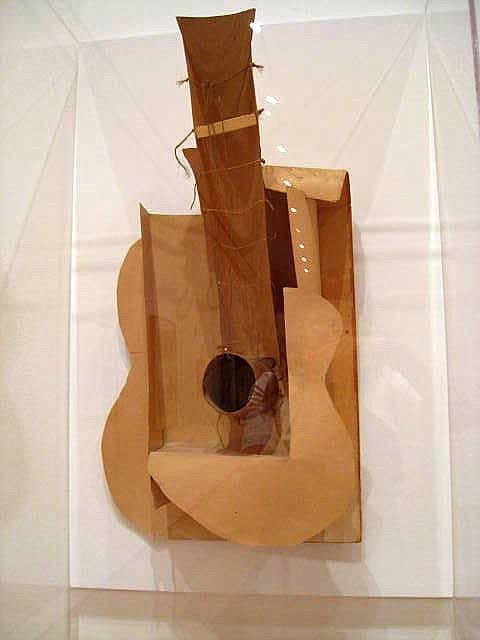
Figure 1, Pablo Picasso (1914) Guitar [cardboard, paper, string, wire] (Photographed by Nika Vee, 2008, Flickr)
Back in Moscow, Tatlin created his own “painting reliefs,” precipitating the constructivist movement. His abstract composition, Corner Counter-Relief (fig. 2), was featured in “The Last Futurist Exhibition of Paintings” in 1915, held in Petrograd (modern day Saint Petersburg).
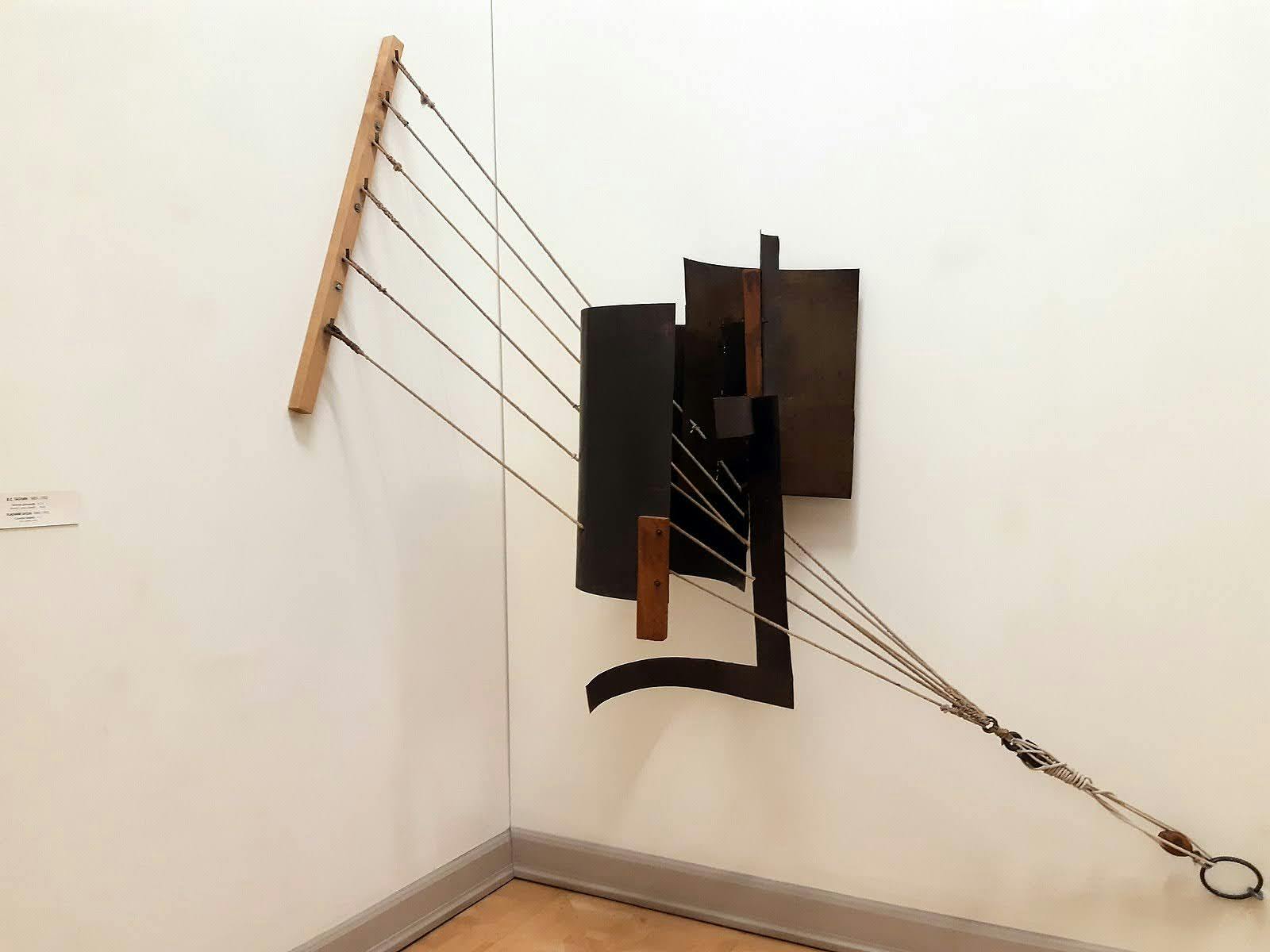
Figure 2, Vladimir Tatlin (1915) Corner Counter-Relief [mixed materials] (Photographed by Shakko, 2021, Wikimedia Commons)
This piece is made of mixed materials — wood, copper, and wire — traversing the space where two walls meet to create a corner. In reference to Tatlin’s works like Corner Counter-Relief, Anna Moszynska describes the effect of constructivism, writing,
By being literally suspended in the air, piercing and cutting into the space around them, these complex reliefs repudiated the flat, two-dimensional surface (or wall) from which reliefs had projected in the past. At the same time, the interpenetration of planes challenged traditional concepts of sculptural mass, while the new technique of construction replaced the standard techniques of carving and modelling. Although Picasso had pioneered these methods in his own reliefs, Tatlin was important for showing that the depiction of objects could be transcended by a concern with real materials. (2021)
Anna Moszynska
By being literally suspended in the air, piercing and cutting into the space around them, these complex reliefs repudiated the flat, two-dimensional surface (or wall) from which reliefs had projected in the past. At the same time, the interpenetration of planes challenged traditional concepts of sculptural mass, while the new technique of construction replaced the standard techniques of carving and modelling. Although Picasso had pioneered these methods in his own reliefs, Tatlin was important for showing that the depiction of objects could be transcended by a concern with real materials. (2021)
Tatlin’s Corner Counter-Relief inspired artists like Ella Bergmann-Michel (1896–1971), John Ernest (1922–1994), and Naum Gabo (1890–1977), making constructivism an international aesthetic movement. Generally speaking, constructivist art was stripped back, austere, and geometric. It rejected any figurative or decorative aesthetic tendencies — instead removing art from the confines of studios and galleries and integrating it into modern industrialization.
The name of constructivism itself provides insight into its process of creation. These works were specifically neither painted nor sculpted, but constructed; they were built — engineered, even — corroding the boundaries between art and industrialism. The term constructivism elucidates an artistic method whereby the artist enacts the reality-building process posited by constructivist philosophers and educational psychologists. The raw materials can be understood as our experiences, while the finished sculptural pieces represent the schemas that construct our reality.
Constructivism in politics
In more recent years, constructivism has become a theory used in contemporary political thought. When the sociological idea of constructivism is applied on a global scale, it provides a particular way of looking at international relations.
As we have seen from constructivist philosophy, constructivism holds that reality is the collaboration between the objective world and socially constructed mental categories. While some theories — like realism and liberalism — propose that it is primarily material conditions that determine the interest and relationships between states, constructivism proposes that the interests of states are largely determined by social convention or ideation. Once again, there is not an objective truth that can be apprehended under this theory, rather a truth that is subjectively constructed.
These ideas become clear when we examine the different international relations approaches to the threat of anarchy. Realism posits that anarchy is the reason for conflict between states, and liberalism holds that anarchy is the reason for the cooperation of states. Constructivism is one response to these classical theories. In International Relations Theory, Cynthia Weber explains:
Anarchy is neither necessarily conflictual nor cooperative. There is no “nature” to international anarchy. Constructivism disagrees with both these classical theories. (2021)
Cynthia Weber
Anarchy is neither necessarily conflictual nor cooperative. There is no “nature” to international anarchy. Constructivism disagrees with both these classical theories. (2021)
Led by political scientist Alexander Wendt, constructivists hold instead that “anarchy is what states make of it” (1992). Anarchy is not seen as a pre-established fact in the world — it has no innate nature — instead, it is constructed by states. Weber illustrates what can be gained from this constructivist perspective, writing,
It is what states do that we must focus on to understand conflict and cooperation in international politics, according to this myth, rather than focusing on the supposed ‘nature’ of international anarchy. States determine the ‘nature’ of international anarchy. And, most importantly, what states do depends upon what states’ identities and interests are, and identities and interests change. (2021)
The broader implication here is that states are not driven by material circumstance — by the way things are in the objective world — but rather by social norms, conventions, and values. This means their interests are in constant flux. These interests are built over time, based on the social conditions and unique experiences a given state may have. This is an example of the way in which constructivism is a philosophical framework that can be applied on a large scale to the way we conceive of our global relationships.
Concluding thoughts
Constructivism explains the interaction between the subjective and objective world as an ongoing activity of interpretation and assimilation. It claims that knowledge is the result of a collaboration between the outside world and subjective schema, built socially and communally. Constructivism has a strong presence in philosophy, psychology, education, art, and politics — and continues to be relevant in new fields. With the rise of social media, for example, constructivism can offer a useful framework through which to consider the way interactions and communities have changed. In Constructivism Reconsidered in the Age of Social Media, Chris Stabile and Jeff Ershler map constructivism onto the way we interact online, proposing,
This creation of knowledge functions virally; as knowledge is shared, meanings can change as each learner synthesizes his or her perspective into the learning process. The method in which ideas and assumptions are created as a result of this interaction can be explained through memes. (2015)
Chris Stabile and Jeff Ershler
This creation of knowledge functions virally; as knowledge is shared, meanings can change as each learner synthesizes his or her perspective into the learning process. The method in which ideas and assumptions are created as a result of this interaction can be explained through memes. (2015)
Social media provides an example of the way that constructivism can be implemented in contemporary times. Although technological advancements pose new challenges for constructivism — with the dissemination of doctored images and fake news, for example — constructivism also offers insights into machine learning and AI technology. What constructivism hopes to establish is that knowledge is part of a unique process and reality is something in constant flux. As a relativist philosophy itself, constructivism invites us to constantly reassess and reformulate its uses and applications, proving to be as relevant in the age of technology as ever before.
Further reading on Perlego
The History and Philosophy of Science (2018), edited by Daniel McKaughan and Holly VandeWall
John Dewey Between Pragmatism and Constructivism (2009), edited by Larry A. Hickman, Stefan Neubert, and Kersten Reich
Soviet Architectural Avant-Gardes (2020) by Danilo Udovički-Selb
Social Constructivism as Paradigm? The Legacy of The Social Construction of Reality (2018), edited by Michaela Pfadenhauer and Hubert Knoblauch
Strategies for Research in Constructivist International Relations (2014) by Audie Klotz and Cecelia M. Lynch
What is constructivism in simple, general terms?
What is constructivism in philosophy?
What is constructivism in education?
What are some characteristics of constructivist art?
Bibliography
Denicolo, P., Long, T. and Bradley-Cole, K. (2016) Constructivist Approaches and Research Methods. SAGE Publications. Available at: https://www.perlego.com/book/3013549/constructivist-approaches-and-research-methods-a-practical-guide-to-exploring-personal-meanings-pdf
Dewey, J. (2018) Democracy and Education by John Dewey. Myers Education Press. Available at: https://www.perlego.com/book/3030423/democracy-and-education-by-john-dewey-with-a-critical-introduction-by-patricia-h-hinchey-pdf
Halpenny, A. M. and Pettersen, J. (2013) Introducing Piaget. Taylor and Francis. Available at: https://www.perlego.com/book/1613358/introducing-piaget-a-guide-for-practitioners-and-students-in-early-years-education-pdf
Howell, K. (2012) An Introduction to the Philosophy of Methodology. SAGE Publications. Available at: https://www.perlego.com/book/3013634/an-introduction-to-the-philosophy-of-methodology-pdf
Moszynska, A. (2021) Abstract Art. 2nd edn. Thames and Hudson Ltd. Available at: https://www.perlego.com/book/2975301/abstract-art-pdf
Piaget, J. (2013) The Construction Of Reality In The Child. Taylor and Francis. Available at: https://www.perlego.com/book/1675003/the-construction-of-reality-in-the-child-pdf
Stabile, C. and Ershler, J. (eds.) (2015) Constructivism Reconsidered in the Age of Social Media. Wiley. Available at: https://www.perlego.com/book/999358/constructivism-reconsidered-in-the-age-of-social-media-new-directions-for-teaching-and-learning-number-144-pdf
Weber, C. (2021) International Relations Theory. 5th edn. Taylor and Francis. Available at: https://www.perlego.com/book/2194110/international-relations-theory-a-critical-introduction-pdf
Wendt, A. (1992). “Anarchy is what states make of it: the social construction of power politics”, in International Organization, 46(2), 391–425. Available at: http://www.jstor.org/stable/2706858
Images
Picasso, P. (1914) Guitar [cardboard, paper, string, wire] (Photographed by Nika Vee, 2008, Flickr)
Tatlin, V. (1915) Corner Counter-Relief [mixed materials] (Photographed by Shakko, 2021, Wikimedia Commons)
PhD, Media Arts (Royal Holloway, University of London)
Aoiffe Walsh has a PhD in Media Arts from Royal Holloway, University of London. With a background in film studies and philosophy, her current research explores British literary modernism, with a particular focus on surrealism between the wars. She has lectured and published pieces on documentary and film theory, film history, genre studies and the avant-garde.


